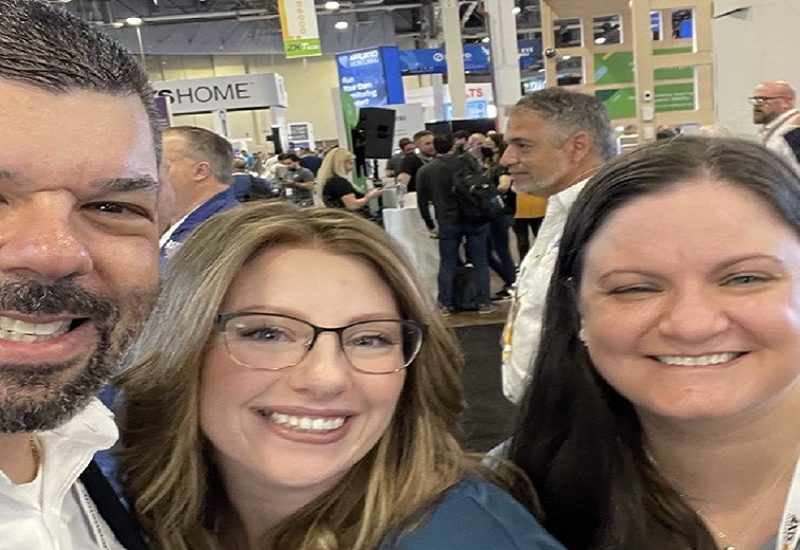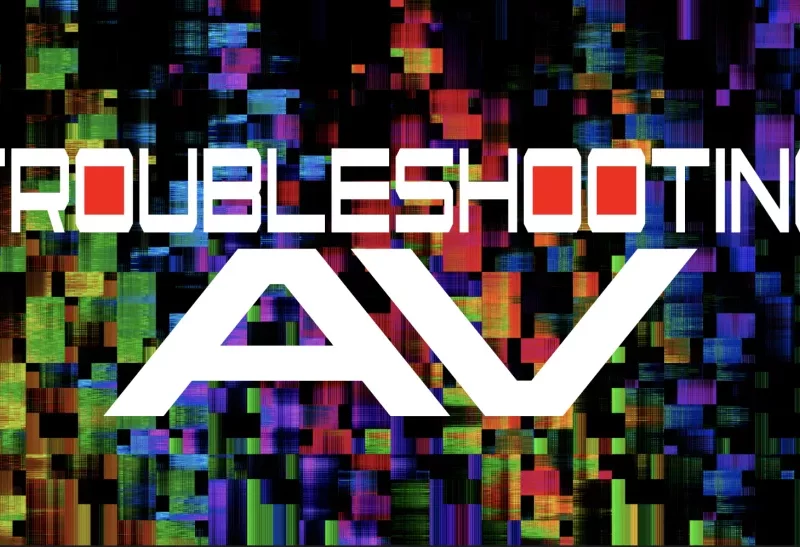An Evolving Industry – Observations After 22 Years
A Greek philosopher Heraclitus of Ephesus once said “the only thing that is constant in life is change.”
Change is a common industry theme over the past 22 years that Control Concepts has served the AV market. As the years have progressed technology has advanced, systems have been simplified, the pace of business has increased, expectations have evolved, and the capabilities of AV systems have grown significantly. Amongst all of that change, there are few things that have remained the same. One such constant is the need to take care of clients and to provide attentive customer service. It is the approach and method that is changing to adapt to current situations and demands.
Serving the needs of clients is the lifeblood of most service industries and AV is no different. In the early days, relationships centered around introducing clients to technology and acclimating them with what they were being “sold” or told to buy. It was good enough to provide a system that worked rather than one which was optimized to specific needs.
Nowadays, clients are more comfortable with technology and the need to sell them has decreased. The thirst for knowledge and education has become a priority, and the expectation that a solution adds value is prominent. Despite being in a more technology-savvy society, the demand for support still exists. It is the quality and personalization of the support and the continuing value that the relationship provides which results in traction and sustainability.
Clients want to have their needs and requests heard and look for solutions that are tailored to address pain points, provide more value, and make their lives easier.
Here are some ways that we have observed each of the roles within the AV ecosystem living this concept:
Integrators are making a point to spend more time with their clients in their native environment, understand daily workflow, observe users interacting with technology, witness issues that arise for technology managers, and educate on creative solutions that can leverage existing or new technology. A good example of a creative solution can be identified by looking beyond the primary function of AV devices. Rather than taking a device at face value, so many products have ancillary features, options, and capabilities that can be leveraged through a robust control API. For example, how often is a screen sharing device included on a project and it only serves to display a laptop on a screen? Many of these devices can function as digital signage players, scheduling endpoints, mass notification alert systems, and collaboration hubs.
Consultants are promoting more Design Thinking methodologies starting with user profiles and requirements, and leading to defining specific operational needs and design details. This is a shift in the way that projects have been approached in the past due to varying circumstances. Through the use of user studies, wire-framing, and mockups, an interactive process can evolve to offer a solution that the client has a large role in defining. Approaching functionality with a software development mentality is a good example of how this theory is applied in other industries. The highlights of a software development process include defining requirements, building a prototype, developing a solution, testing, compiling user feedback, and iterating multiple times until the clients needs are satisfied. This process does not have to stop when the project is complete. It can continue as the client’s needs evolve ensuring continued success and satisfaction. The result is a more streamlined and personalized solution that will likely take less time and effort to implement and have low risk of misaligned expectations.
Technology Managers have clients too. They are the specific users of the technology. Technology managers have become more outspoken in voicing their understanding of the specific users needs, the applications of the space, and the impact of organizational culture on the use of the technology. In addition to considering the needs of the user, the ability to provide support should always be considered in the design and programming of a system. Building in mechanisms to arm technology managers with the power to quickly and easily respond to issues or help requests to support their users, and minimize downtime is just a start. Technology managers themselves also need the ability to make small adjustments like changing settings, personalizing names, or enabling and disabling automation without the need for programming changes. Examples of these can be adjusting default volume level or source selection, labeling lighting presets or cable TV channels, and adjusting timing or settings for automatic shutdown sequences. Responding to needs, resolving common problems, addressing frequent frustrations, and making adjustments based on user preferences can significantly change the perception of the technology or systems. Perception becomes reality, if it not otherwise addressed.
Manufacturers are offering more thought provoking solutions and scenarios with examples where their product solves a problem, rather than focusing on one-upping competition or building a better mousetrap. Manufacturers that promote unique solutions specifically addressing client needs and highlighting the value that the product or family of products provides are being more widely adopted. Additionally, manufacturers are putting more emphasis on the importance of support and interoperability of their products as can be seen in the rise of applications and network specialist that not only know how their products work, but also understand the environment and infrastructure where their products will be used. For example, knowledge and support of clients’ networks is a critical factor in the success of most AV products these days. In today’s market, it is benefits and support, not features or price that differentiate one product from another.
As with businesses in all industries, the need to grow and evolve is critical. Equally as important is always connecting with and adapting to your client, truly understanding their needs, and being tuned into the industry to identify the opportunities that the market presents. It is important to realize that the strategies and focus that have made an organization successful in the past do not necessarily dictate future success.
Control Concepts has made several pivots over the years including the opportunity to invest in experienced software developers that bring software development methodologies. Seeing the shift toward simplification of solutions, configured systems, and the reduction of highly customized projects, Control Concepts has made moves to lean into this trend through offerings of manufacturer module and driver development, middleware solutions, and software applications. Additionally, when there is a need for highly customized solutions, Control Concepts turns to mainstream programming languages like C#, Python, Java, Javascript, HTML5, and Lua to address needs that aren’t easily done with configured systems or basic control system programming languages.
As the pace and demands of business have increased and technology has drastically changed in the past 22 years, Control Concepts looks to embrace change and help lead the charge to new horizons. One thing that is certain is that the core beliefs of customer service, loyalty, integrity, authenticity, effort, and quality that define Control Concepts from the inception will always reign true.
- Posted In:
- AV Industry Trends





